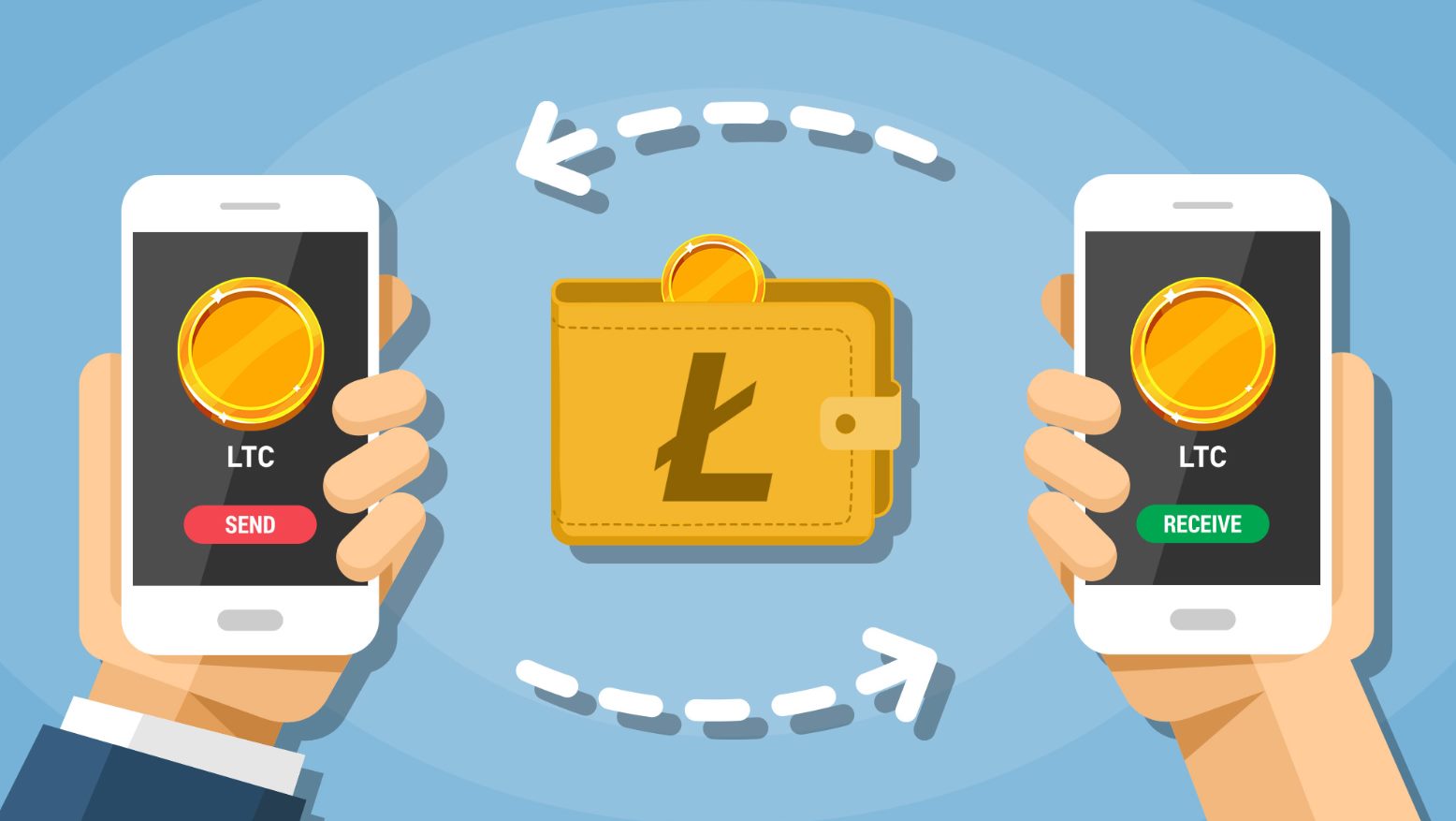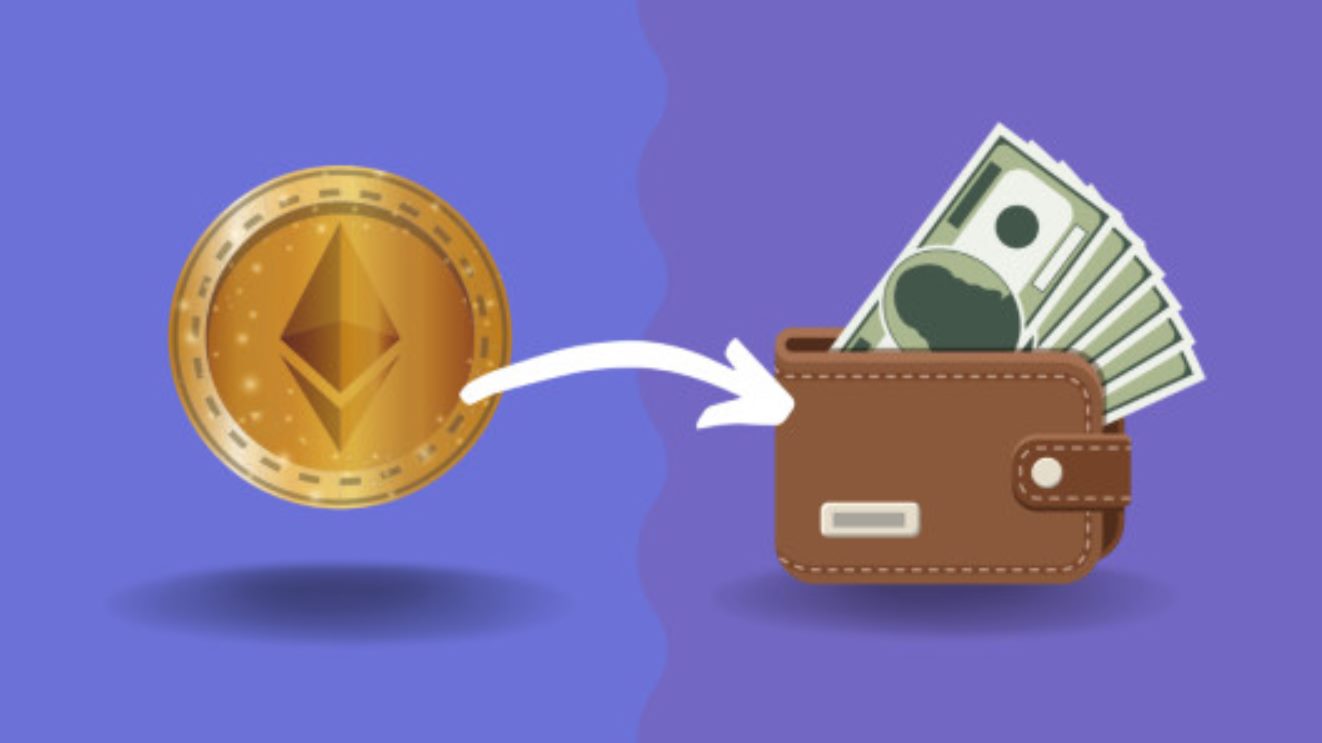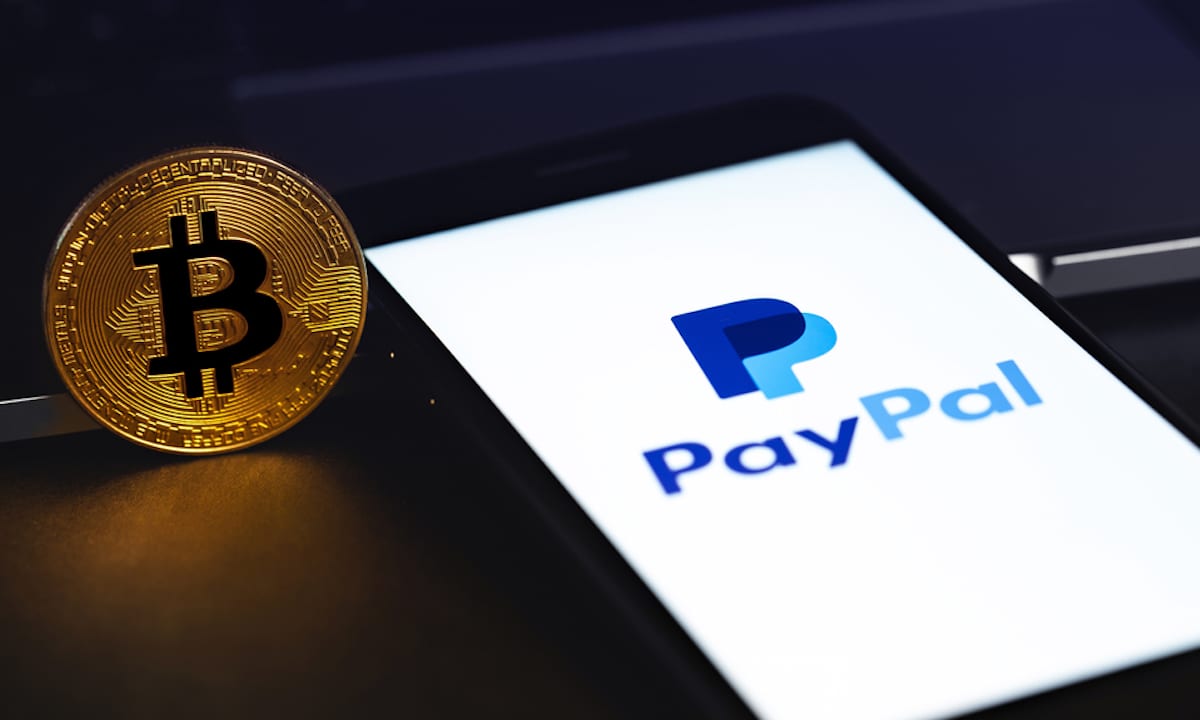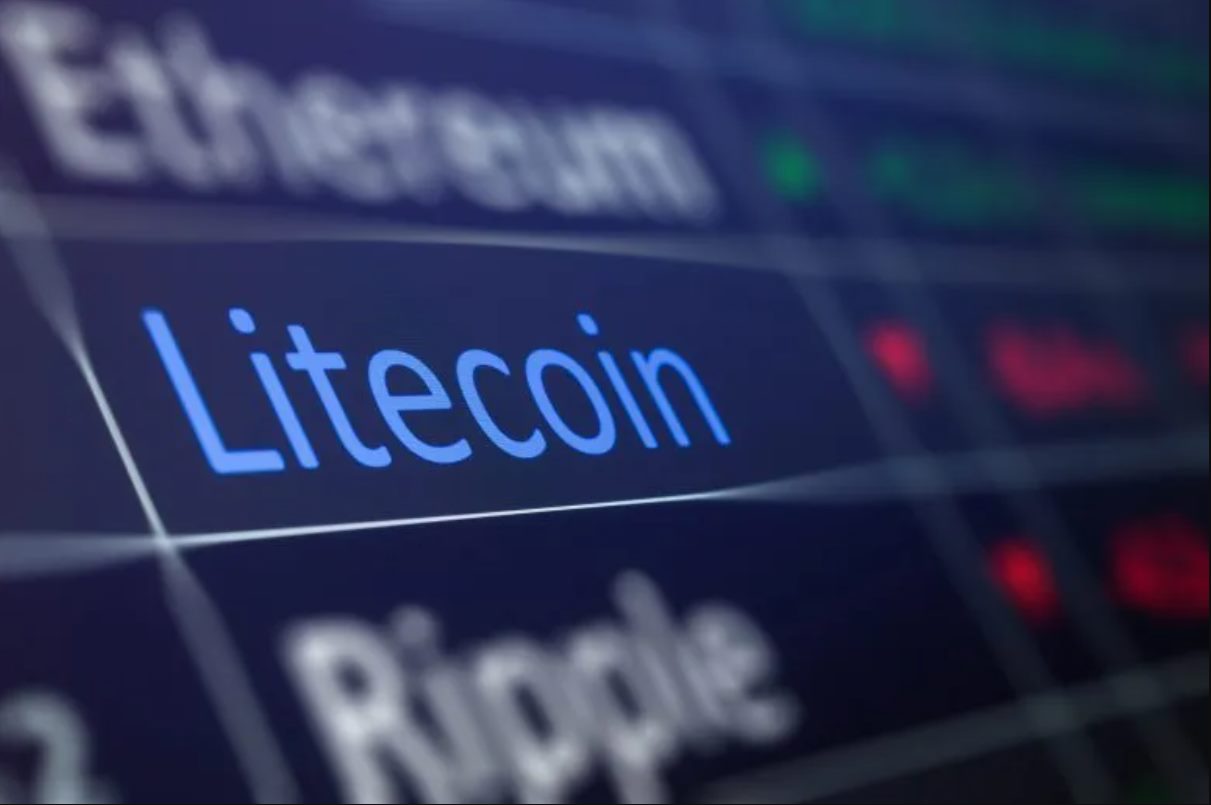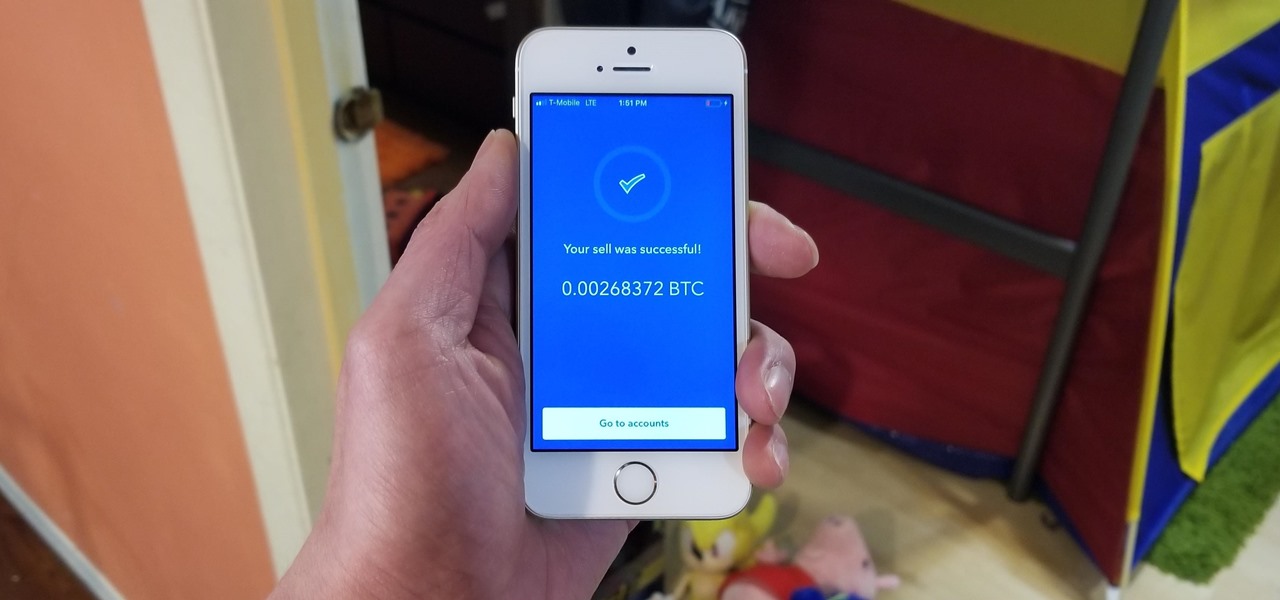Introduction
Welcome to the world of cryptocurrencies! If you’re new to the game, you’ve probably heard about Bitcoin, but have you heard of Litecoin? Litecoin is a peer-to-peer cryptocurrency that was created by Charlie Lee in 2011, as a “lite” version of Bitcoin. It offers several advantages over its predecessor, including faster block generation time and a different hashing algorithm.
Like any other cryptocurrency, Litecoin needs to be stored in a digital wallet. A wallet serves as a secure digital vault that keeps your Litecoins safe and allows you to send or receive them as needed. There are different types of Litecoin wallets to choose from, including desktop wallets, mobile wallets, and hardware wallets.
In this article, we will guide you through the process of setting up a Litecoin wallet and transferring your Litecoins to it. We will provide you with a step-by-step guide to ensure a seamless and secure transfer. Whether you’re a crypto novice or a seasoned user, this article will equip you with the knowledge you need to start managing your Litecoin holdings.
It’s important to note that the process of transferring Litecoins to a wallet can sometimes be a bit complex, especially for beginners. However, by following the steps outlined in this article, you’ll be able to navigate the process with ease.
So, if you’re ready to take control of your Litecoin holdings and enhance the security of your investments, let’s dive in and explore the world of Litecoin wallets and transfers!
What is Litecoin?
Created in 2011 by Charlie Lee, a former Google engineer, Litecoin is a decentralized cryptocurrency that shares many similarities with Bitcoin. It operates on a peer-to-peer network and uses blockchain technology to enable secure and transparent transactions.
So, what sets Litecoin apart from other cryptocurrencies? One key difference is its algorithm. While Bitcoin uses the SHA-256 algorithm, Litecoin utilizes Scrypt. This choice of algorithm allows Litecoin to process transactions more quickly, with an average block time of 2.5 minutes compared to Bitcoin’s 10 minutes.
Litecoin also has a higher maximum supply compared to Bitcoin. While Bitcoin has a maximum supply of 21 million coins, Litecoin has a maximum supply of 84 million coins. This larger supply ensures that Litecoins remain affordable and accessible, as there are more coins available for use.
Another notable feature of Litecoin is its focus on fostering quick and low-cost transactions. The faster block generation time and the use of the Scrypt algorithm contribute to quicker confirmations, making Litecoin an appealing option for those seeking faster transaction speeds.
Litecoin has proven to be a valuable asset in the cryptocurrency market, often referred to as the “silver” to Bitcoin’s “gold.” It has gained significant recognition and adoption, positioning itself as one of the top cryptocurrencies globally.
The ease of integration with existing merchant platforms and the growing number of online and physical stores accepting Litecoin as a payment method further validate its value and potential for future growth.
Overall, Litecoin offers a secure, efficient, and affordable alternative for peer-to-peer transactions. With its unique features and growing acceptance, Litecoin has established itself as a prominent player in the world of cryptocurrencies.
Types of Litecoin Wallets
When it comes to securely storing your Litecoin, there are several types of wallets to choose from. Each type offers different features and levels of security, so it’s essential to understand the options available to you. Let’s explore the most common types of Litecoin wallets:
- Desktop Wallets: Desktop wallets are applications that you install on your computer. They provide full control over your Litecoin holdings and are accessible only from the device on which the wallet is installed. Security measures, such as encryption and backup options, are often included in desktop wallets to protect your funds.
- Mobile Wallets: Mobile wallets are smartphone applications that allow you to access and manage your Litecoin on the go. They provide convenience and easy accessibility, making them a popular choice for users who frequently use cryptocurrencies for transactions. Mobile wallets often have additional features like QR code scanning for easy payment initiation.
- Hardware Wallets: Hardware wallets are physical devices specifically designed to store cryptocurrencies securely. These wallets store your private keys offline, making them less vulnerable to hacking or malware attacks. Hardware wallets usually require a USB connection and a PIN code for access, providing an added layer of security. They are the preferred choice for users with significant Litecoin holdings.
- Online Wallets: Online wallets, also known as web wallets, allow users to access their Litecoin through a web browser. These wallets are convenient and accessible from any device with an internet connection. However, they come with greater security risks, as they store your private keys on a third-party server. It’s crucial to choose a reputable online wallet provider to minimize the risk of hacking or unauthorized access.
- Paper Wallets: Paper wallets are physical documents that contain your Litecoin addresses and corresponding private keys. They are typically generated offline for enhanced security. Paper wallets offer excellent protection against digital threats since they are not susceptible to hacking or malware. However, it’s important to store paper wallets securely, as physical damage or loss can result in the permanent loss of your funds.
Each type of wallet has its own advantages and considerations, so choose the one that best suits your needs and level of security you require. It’s also worth considering using a combination of wallets to ensure a diversified and layered approach to protecting your Litecoin investments.
Now that we’ve explored the different types of Litecoin wallets available, let’s move on to the process of setting up your own Litecoin wallet.
Setting up a Litecoin Wallet
Before you can transfer your Litecoins to a wallet, you need to set up a wallet to store them securely. The process of setting up a Litecoin wallet may vary depending on the type of wallet you choose, but here are some general steps to follow:
- Research and Choose a Wallet: Start by researching different Litecoin wallet options and choose the one that best fits your needs. Consider factors such as security, user-friendliness, and compatibility with your device.
- Download and Install the Wallet: If you’ve chosen a desktop or mobile wallet, visit the official website or app store to download the wallet application. Follow the instructions provided to install the wallet on your device.
- Create a New Wallet: Once the wallet is installed, open it and select the option to create a new wallet. You will usually be prompted to choose a strong password and create a backup phrase. Make sure to keep your password and backup phrase in a safe place, as they are crucial for accessing your wallet and recovering it in case of loss or theft.
- Secure your Wallet: After creating your wallet, take additional steps to enhance its security. Enable two-factor authentication (2FA) if available, and consider encrypting your wallet if the option is provided. Regularly update your wallet software to ensure you have the latest security patches.
- Receive your Litecoin Address: To transfer Litecoins to your wallet, you’ll need to provide the sender with your unique Litecoin address. In your wallet, navigate to the “Receive” or “Receive Litecoins” section to generate a new address. This address should be shared with the sender or entered during the transfer process.
- Backup your Wallet: It’s crucial to create a backup of your wallet to protect against data loss. Most wallets offer an option to create a backup file or seed phrase. Follow the instructions provided by your wallet to generate and securely store a backup copy of your wallet.
- Test and Familiarize Yourself: Before transferring a large amount of Litecoins to your wallet, perform a small test transfer to ensure everything is functioning correctly. Familiarize yourself with the wallet’s features, such as sending and receiving Litecoins, exploring transaction history, and managing your wallet settings.
By following these steps, you’ll have a Litecoin wallet set up and ready to receive your Litecoins. Now, let’s move on to the next section to learn how to transfer your Litecoins to your newly created wallet.
Step-by-Step Guide to Transferring Litecoin to a Wallet
Now that you have set up your Litecoin wallet, let’s walk through the process of transferring Litecoins to it:
- Open Your Wallet: Launch your Litecoin wallet application on your device and ensure it is fully synced with the blockchain. This may take some time, especially if you’re using a desktop wallet for the first time.
- Locate Your Litecoin Address: In your wallet, navigate to the “Receive” or “Receive Litecoins” section to find your unique Litecoin address. The address consists of a string of characters and looks similar to a bank account number.
- Provide Your Litecoin Address to the Sender: Share your Litecoin address with the party intending to send you Litecoins. This can be done by copying the address or scanning the wallet’s QR code. Ensure that the sender has entered the address correctly to avoid any transfer errors.
- Double-Check Transaction Details: Before authorizing the transfer, review the transaction details to ensure the correct amount of Litecoins is being sent to your wallet. Verify the accuracy of the address and any additional notes or memos associated with the transaction.
- Authorize the Transfer: Once you have confirmed the transaction details, click on the appropriate option within your wallet to authorize the transfer. This may differ depending on the wallet you are using. Depending on network conditions, the transaction may take a few minutes to be confirmed and reflected in your wallet.
- Verify the Transfer: Once the transaction is confirmed, you should see the transferred Litecoins reflected in your wallet’s balance. This balance may take a few moments to update, so be patient if you don’t see the funds immediately.
- Record the Transaction: It’s a good practice to keep a record of your transactions, including the amount transferred, the date and time of the transaction, and any notes or memos associated with it. This record will help you keep track of your Litecoin activity and reconcile it with your other financial records if necessary.
- Maintain Good Security Practices: After receiving your Litecoins in your wallet, it’s important to prioritize the security of your funds. Keep your wallet software updated, regularly backup your wallet, and follow good cybersecurity practices, such as using strong passwords and enabling two-factor authentication.
By following these step-by-step instructions, you can safely and confidently transfer your Litecoins to your wallet. Remember to always exercise caution when sharing your wallet address and double-check all transaction details to avoid any errors or fraudulent activities.
Congratulations! You’ve successfully transferred your Litecoins to your wallet. In the next section, we will provide you with some tips for securely managing your Litecoins.
Tips for Securely Transferring Litecoin
Transferring Litecoin to your wallet requires careful attention to security to ensure the safety of your funds. Here are some tips to help you securely transfer your Litecoins:
- Verify the Wallet: Before initiating any transfer, ensure that you are using a reputable and legitimate Litecoin wallet. Research the wallet’s reviews, check the official website for authenticity, and verify that the wallet has not been compromised.
- Double-Check the Address: Always double-check the recipient’s Litecoin address before confirming a transfer. One small mistake in the address can result in the loss of your Litecoins. Consider copying and pasting the address instead of manually typing it to minimize the risk of errors.
- Keep Software Up to Date: Regularly update your Litecoin wallet software to benefit from the latest security enhancements and bug fixes. Outdated software may have vulnerabilities that hackers can exploit.
- Use Strong Authentication: Enable two-factor authentication (2FA) if your wallet supports it. This adds an extra layer of security by requiring a secondary verification method, such as a code sent to your mobile device, in addition to your password.
- Secure Backup: Make regular backups of your wallet’s private keys or seed phrase. Store these backups in a safe and secure location that is separate from your computer or mobile device. Consider using encrypted storage or a hardware wallet to protect your backup.
- Be Mindful of Public Wi-Fi: Avoid accessing your wallet or initiating transfers while connected to public Wi-Fi networks. Public Wi-Fi can be vulnerable to attacks, increasing the risk of your sensitive information being intercepted by hackers.
- Keep Your Device Secure: Protect your computer or mobile device with up-to-date antivirus software and strong passwords. Keep your operating system and other software programs patched with the latest security updates to minimize vulnerabilities.
- Use Secure Networks: When connecting to the internet, use trusted and secure networks. Avoid using public networks or unsecured Wi-Fi connections, as they can expose your device to potential risks.
- Exercise Caution with Third-Party Services: If you use third-party services, such as exchanges or online marketplaces, to transfer Litecoins, ensure that they have a proven track record of security and trustworthiness. Research and read user reviews before trusting your Litecoins with any external service.
- Monitor Your Wallet Activity: Regularly monitor the activity in your wallet and be vigilant for any suspicious transactions or signs of unauthorized access. Report any suspicious activity to the wallet provider and take the necessary steps to secure your funds.
By following these tips, you can significantly reduce the risk of encountering security issues when transferring your Litecoins. Remember, the security of your funds depends on your diligence and proactive measures to protect your wallet and sensitive information.
Now that you’re equipped with these security tips, you can confidently manage your Litecoins and enjoy the benefits of this digital currency.
Conclusion
Congratulations! You have successfully learned how to transfer Litecoin to a wallet. By understanding the process of setting up a Litecoin wallet, choosing the right type of wallet, and following the step-by-step guide, you can securely store and manage your Litecoins.
Litecoin offers a viable alternative to Bitcoin, with its faster block generation time and low-cost transactions. With the increasing acceptance and adoption of Litecoin, it’s essential to have a secure wallet to store and transact with your Litecoins.
Remember to prioritize security when transferring Litecoins. Verify the authenticity of the wallet, double-check addresses, keep your software up to date, use strong authentication methods, and secure your backup. By following these tips, you can minimize the risk of loss or fraudulent activities.
As you continue your cryptocurrency journey, always stay informed about the latest developments and best practices in securing and managing your digital assets. Keep discovering new opportunities and take advantage of the convenience and potential growth that cryptocurrencies like Litecoin can offer.
We hope this guide has provided you with the knowledge and confidence to navigate the world of Litecoin wallets and transfers. Take control of your Litecoins, secure your investments, and enjoy the benefits that this exciting digital currency has to offer.
Now, it’s time to put your knowledge into action and start transferring your Litecoins to your wallet. Happy transacting!







